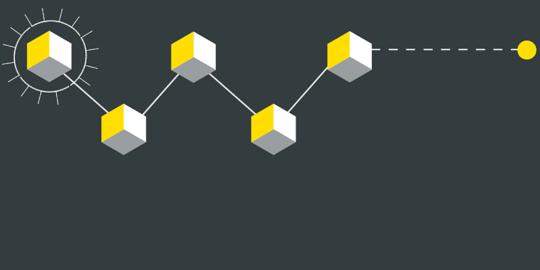IOT was made possible with the introduction of the IPV6 Internet Protocol, which allowed millions of new objects to connect to the internet using a dedicated IP address, which had previously been impossible.
Standards and common platforms and interfaces will be necessary to further develop this new business sector, IOT devices and communication protocols will need to be standardised and made compliant with applicable regulatory rules.
It will be crucial for all IOT stakeholders to be able to rely on common standards to allow connectivity and interaction between different devices. It is essential that all these devices will be able to talk to each other to maximise their potential, improve services and safety, prevent accidents, protect users, the environment and the connection networks they will be using.
Telecommunication regulatory aspects will have to be considered, since all IOT devices will eventually connect to the Internet using telecom networks and systems, use bandwidth and regulated airwaves.
OFCOM in the UK has introduced a call for input on the regulatory aspects of the IOT and is expected to publish the results by the end of 2014.
Elsewhere in the EU, national telecommunications agencies and authorities are in the process of performing similar surveys and preparing their findings on the regulatory requirements of the new IOT and M2M business sector.
Industrial machines and robots are already more carefully regulated and would for example fall within the framework of the ISO 10218 standard. But outside these specific sector applications, there is a need for new regulatory rules to cover intelligent connected devices and machines from a safety, telecommunication, connectivity or environmental point of view.
Read the rest of the series
- Part 1: Introduction
- Part 2: Data Protection
- Part 3: Regulatory implications and standards
- Part 4: Standard contracting and automatic contracting
- Part 5: New forms of liability
- Part 6: Cybersecurity
- Part 7: Conclusions
Follow us at @TwobirdsTech to keep up to date with the series and more legal insights from Bird & Bird.
Author:
Roberto Camilli
Senior European Counsel
Italy
Tel: +39 02 30 35 60 00




